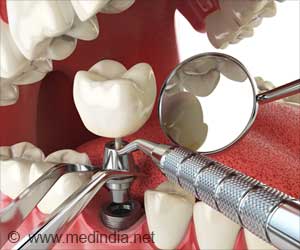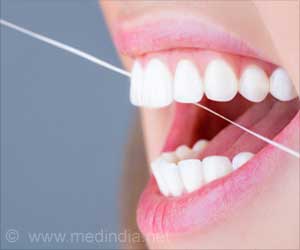The protective shield fluoride forms on teeth is up to 100 times thinner than previously believed, scientists have revealed.

Frank Muller and colleagues point out that tooth decay is a major public health problem worldwide. Scientists long have known that fluoride makes enamel - the hard white substance covering the surface of teeth - more resistant to decay. Some thought that fluoride simply changed the main mineral in enamel, hydroxyapatite, into a more-decay resistant material called fluorapatite.
The new research found that the fluorapatite layer formed in this way is only 6 nanometers thick. It would take almost 10,000 such layers to span the width of a human hair. That's at least 10 times thinner than previous studies indicated.
The scientists question whether a layer so thin, which is quickly worn away by ordinary chewing, really can shield teeth from decay, or whether fluoride has some other unrecognized effect on tooth enamel. They are launching a new study in search of an answer.
The study appears in ACS's journal Langmuir.
Source-ANI











